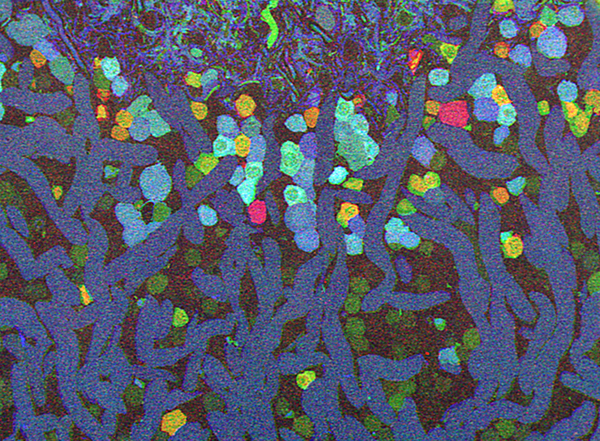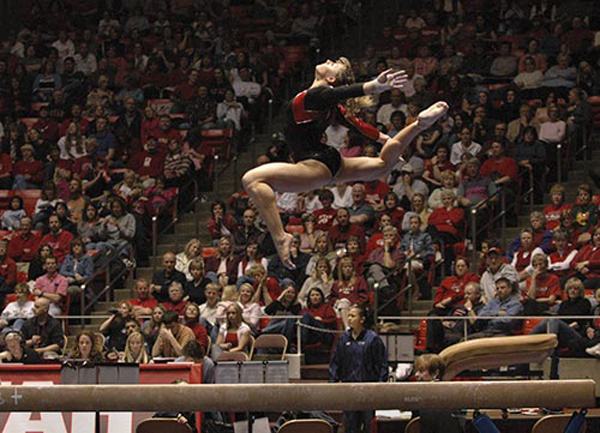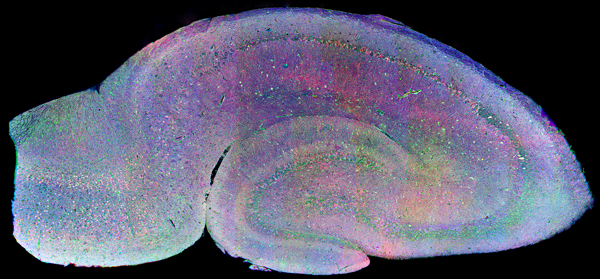

This image of the gymnast Annabeth Eberle taken by Ann Torrence, was captured with a lens that obviously can get the job done. Unfortunately, this lens and its equivalent from the Canon line are fabulously expensive. So expensive in fact, that they rival or exceed the cost of my camera body. What most SLR photographers do come to realize however is that the camera bodies typically end up being only a small percentage of the overall costs of a photographic kit. Lenses are the objects that occupy most of the total financial outlay and why within your platform of preference (Canon vs. Nikon), the lenses have historically been compatible over many models and model years showing the importance of backwards and forwards compatibility along with carefully considered design and engineering that go into every new lens from these companies. After all many of their customers invest a not insignificant amount of money in their glass and would like to know it will not be obsolete within the near future, which brings up the topic of maintaining the photography habit. Ann suggested to me that I take some of the images I create for our research and submit them to SIGGRAPH which would in fact, be perfect for submission given their computational origins. I have already optimized the three images shown here and had them made into prints for display as art. They do end up as being rather stunning in our house and of our friends. If any of you are interested in a print of one of these images, let me know and we can discuss what is involved in creating them and how to obtain one. There are also a few others as well…..

